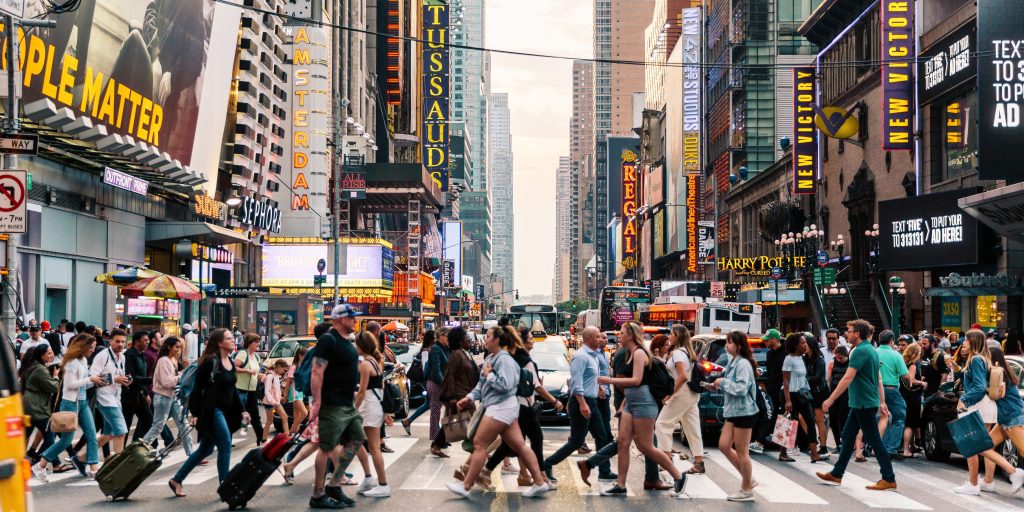- US households gained about $2.5 trillion in excess savings since March 2020 from stimulus and higher wages.
- The extra cash has helped keep consumer spending strong, which in turn has driven prices higher.
- Now inflation is gnawing away at those savings, and CEOs warn they could run out within months.
The US economy has been mostly beating expectations for two years now, thanks in large part to consumers eagerly buying just about everything that companies could sell them.
Much of this spending was powered by an estimated $2.5 trillion in excess savings that households accumulated due to federal pandemic aid and higher wages at work.
One result of this roaring consumer demand has been an increase in the price of goods and services, otherwise known as inflation.
But with inflation at a 40-year high this year, Americans are finding their monthly income isn't going as far as it used to.
In April, the personal savings rate in the US ticked down to a 14-year low of 4.4%, according to the latest figures from the Commerce Department.
That's half the rate it was in December, and roughly a third of where it was the year before.
Many households are already in negative savings territory, meaning they are increasingly tapping into their savings to cover purchases each month.
"This isn't a normal recovery, and that fiscal stimulation is still in the pocketbooks of consumers," JPMorgan CEO Jamie Dimon told investors at a conference this week. "They're spending it, they're spending at very strong levels."
But, he added, the drawdown could mean that consumers have only about six to nine months of spending power left.
Dimon's remarks echoed comments from PayPal CEO Dan Schulman last week at the World Economic Forum in Davos.
The combination of high spending and high inflation means Americans are burning through savings at a rate that could have them running out by the end of this year, he said.
Indeed, it's already happening in the most vulnerable households.
"We are already seeing a reduction in spending at lower-income levels for sure, and it's moving up to middle-income right now," Schulman said.
More than eight in ten US shoppers are planning to buy fewer things in the next three to six months, according to a recent survey from the market research firm NPD Group. The survey also found that consumers bought 6% fewer items in the first three months of 2022 than they did during the same period in 2021.
"There is a tug-of-war between the consumer's desire to buy what they want and the need to make concessions based on the higher prices hitting their wallets," NPD's chief retail industry advisor Marshal Cohen said in a statement.
The slowdown in retail is already dragging on earnings from big box brands like Target and Walmart, and could have ripple effects throughout the economy.
For now, Americans are still spending (and planning to spend) a lot of money: airlines and hotels are reporting strong bookings, and the Commerce data indicate people are prioritizing services over products.
While there are promising signs of these larger economic challenges stating to improve, the next few months will be a delicate balancing act to get prices under control without causing them to crash.
"There's storm clouds… it's a hurricane," Dimon said. "That hurricane is right out there down the road coming our way. We just don't know if it's a minor one or Superstorm Sandy."

